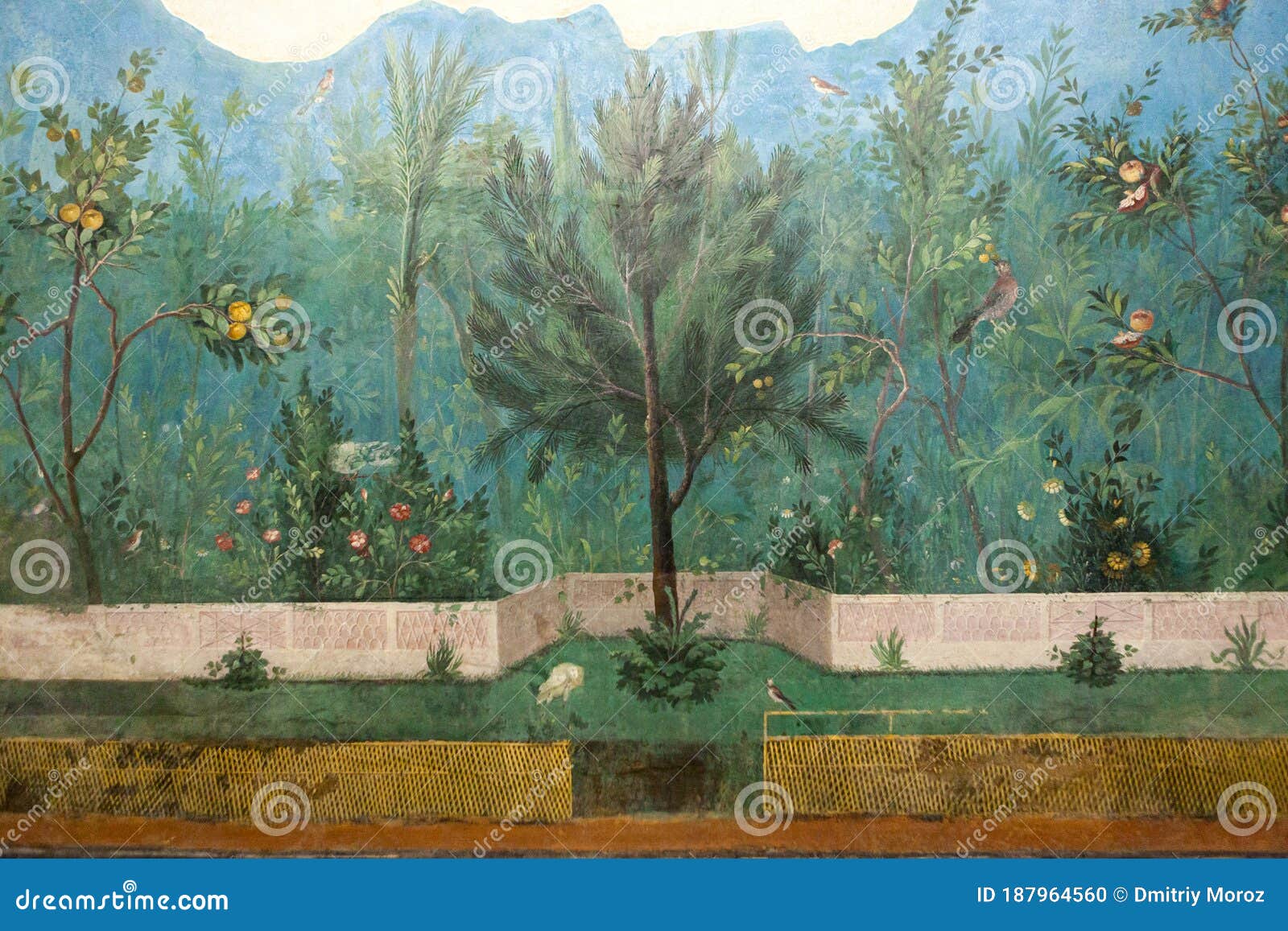
This basic module (only the front half of the typical house in FIG. The design shut off the street’s noise and dust, and all internal activity focused on the brightly illuminated atrium at the center of the residence. At the back were two recessed areas ( alae, wings) and the patron’s tablinum or “home office,” a dining room ( triclinium), a kitchen, and sometimes a small garden.Įndless variations of the same basic plan exist, dictated by an owner’s personal tastes and means, the size and shape of the lot purchased, and so forth, but all Roman houses of this type were inwardlooking in nature. Opening onto the atrium was a series of small bedrooms called cubicula (cubicles). The water could be stored in cisterns for household use. The roof over the atrium was partially open to the sky, not only to admit light but also to channel rainwater into a basin ( impluvium) below. 7-16, or onto the street, in which case they were rented out as shops. The rooms flanking the fauces could open onto the atrium, as in FIG. Regardless of rank, all clients were obligated to support their patron in political campaigns and to perform specific services on request, as well as to call on and salute theĪ client calling on a patron would enter the typical Roman domus (private house) through a narrow fauces (the “jaws” of the house), which led to a large central reception area, the atrium. In this system, a plebeian might be bound to a patrician, a freed slave to a former owner, or even one patrician to another.


Being seen in public accompanied by a crowd of clients was a badge of honor. The standing of a patron in Roman society often was measured by clientele size.

In the Roman world, individuals were frequently bound to others in a patron-client relationship whereby a wealthier, better-educated, and more powerful patronus would protect the interests of a cliens, sometimes large numbers of them. It played an important role in Roman societal rituals. The Roman house was more than just a place to live.


 0 kommentar(er)
0 kommentar(er)
